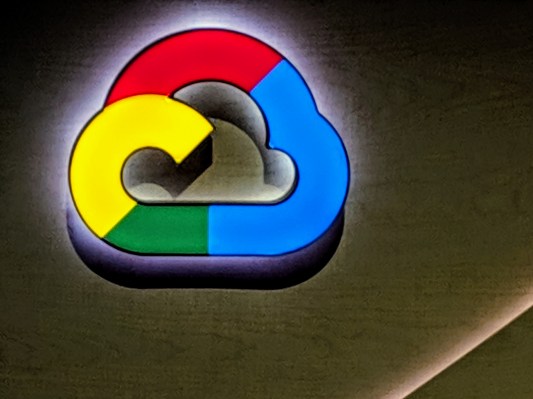Google open-source device to help AI mannequin growth
3 min read
In a typical yr, Cloud Next – one among Google’s two main annual developer conferences, the opposite I and – Almost completely managed and in any other case closed-source, gated-back-locked-down-API services and products. But this yr, whether or not to foster developer goodwill or advance its ecosystem ambitions (or each), Google launched various open-source instruments primarily geared toward supporting generic AI initiatives and infrastructure.
First, maxdiffusionWhich Google really quietly launched in February, is a group of reference implementations of assorted diffusion fashions – fashions like picture mills. secure unfold — which runs on XLA gadgets. “XLA” stands for Accelerated Linear Algebra, an odd acronym referring to a know-how that optimizes and accelerates particular forms of AI workloads, together with fine-tuning and serving.
Google’s personal Tensor Processing Unit (TPU) There are XLA gadgets, as are current Nvidia GPUs.
Beyond MaxDiffusion, Google launches jet streamA brand new engine for working generative AI fashions – particularly text-generating fashions (SO). No secure unfold). Currently restricted to supporting TPU with GPU compatibility coming sooner or later, Jetstream presents 3x extra “performance per dollar” than fashions like Google’s personal. Gemma 7B and meta llama 2Google claims.
Mark Lohmeyer, GM of Google Cloud’s compute and machine studying infrastructure, wrote in a weblog put up shared with TechCrunch, “As customers bring their AI workloads into production, there is a growing demand for cost-efficient inference stacks that Provides high performance.” “Jetstream helps this need… and includes optimizations for popular open source models like Llama 2 and Gemma.”
Now, the “3x” enchancment declare could also be a little bit of a stretch, and it is not precisely clear how Google arrived at that determine. What era of TPU is getting used? Compared to which baseline engine? And how is “performance” being outlined right here anyway?
I’ve requested all these inquiries to Google and can replace this put up if I get solutions.
The second-to-last addition to Google’s record of open-source contributions is maxtext, Google’s assortment of text-generating AI fashions concentrating on TPUs and Nvidia GPUs within the cloud. MaxText now consists of Gemma 7b, OpenAI GPT-3 (Previous) GPT-4, llama 2 And fashions from AI startups mistral – Google says that every one could be personalized and fine-tuned as per the wants of the builders.
,“We have significantly optimized (the model’s) performance on the TPU and have also partnered closely with Nvidia to optimize performance on large GPU clusters,” Lohmeyer stated. “in The enhancements maximize GPU and TPU utilization, resulting in increased vitality effectivity and value optimization.
Finally, Google collaborated with AI startup Hugging Face to create this optimum tpu, which supplies tooling to deliver some AI workloads to the TPU. According to Google, the objective is to decrease the barrier of entry to get generic AI fashions on TPU {hardware} – specifically text-generating fashions.
But at present, the Optimum TPU is a bit ineffective. The solely mannequin it really works with is the Gemma 7B. And Optimum TPU would not help coaching generator fashions on TPU but – solely working them.
Promising enhancements are being made by Google sooner or later.
(TagstoTranslate)Cloud Next(T)Generative AI(T)Google(T)Google Cloud(T)Google Cloud Next(T)Google Cloud Next 2024(T)Open Source

